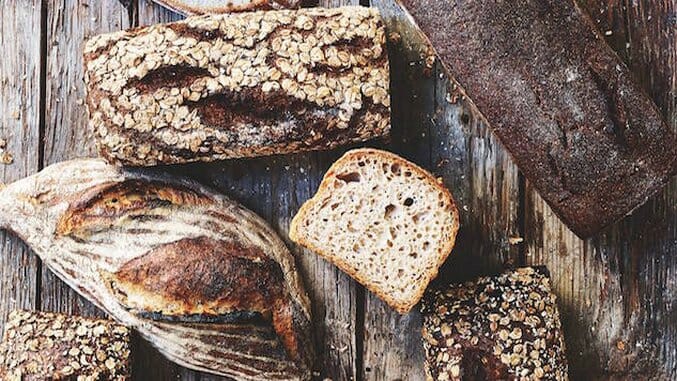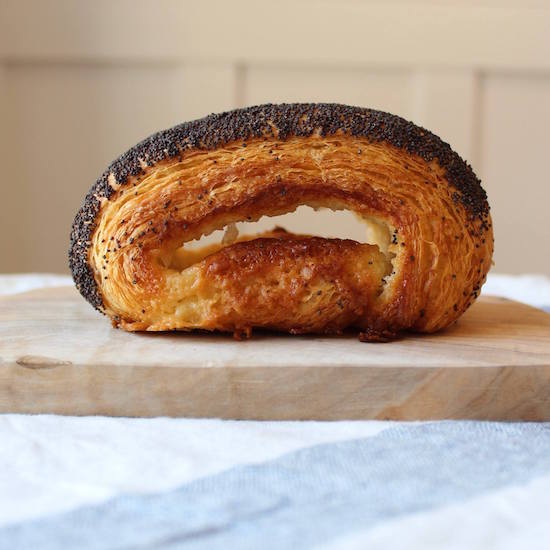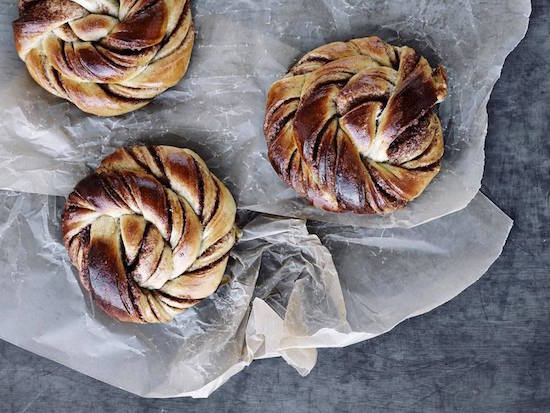Bread Winner: Why Danish Artisanal Bread Is On A Roll
Photos courtesy of Meyers Bageri
New Nordic cuisine has been on a tear for the better part of this decade. With a focus on local, seasonal ingredients and strong doses of fermenting, foraging, pickling and preserving, it’s no wonder that New Nordic cuisine has garnered so much attention. But did you know that some of same principles that inform acclaimed restaurants like Noma, which was named best restaurant in the world 2010-2012 and 2014, can be found in everyday edibles like bread and pastries?
Claus Meyer, who co-founded Noma and spearheaded the 2004 Nordic Kitchen Manifesto that guides the New Nordic movement, has recently expanded his food empire to New York with a range of offerings. Among these new ventures is Meyers Bageri, an artisanal bakery in the Nordic style, with locations in Williamsburg, Brooklyn and The Great Northern Food Hall in Grand Central Terminal. We visited the Williamsburg location to talk to Head Baker Jacques Johnson and Communications Director Christina Heinze Johansson, and of course, to taste the delicious selection of freshly baked breads and Danish pastries.

Bread is back big time in bakeries and restaurants across the country. Once a ubiquitous, if uninspiring, dinnertime freebie, high-quality bread is garnering a greater focus at restaurants and bakeries. Perhaps as a reaction to our digitally connected lives, old-fashioned techniques and tangible, rustic experiences that help us reconnect seem to be growing in appeal. Restaurant chefs are keyed into diners’ taste for good bread, with Johnson noting that as chefs are becoming more multidisciplinary and focused on wellness, they are becoming more interested in bread. “It’s no longer an afterthought relegated to kitchen basements.”
Baking high quality bread is an exacting process, requiring “unique” working hours (yup, think 3 a.m. wake ups), but nonetheless bread baking is gaining prominence as an art and a science. Perfecting bread and pastry recipes can require a deep knowledge and understanding of the interaction of what may seem to be ordinary ingredients — flour, water, yeast, sugar — along with the skills of precise measurement and patience. In fact, bread bakers use their own method for indicating proportions known as the “baker’s percentage.”
-

-

-

-

-

-

-

-

-

-

-

-

-

-

-

-

-

-

-

-

-

-

-

-

-

-

-

-

-

-

-

-

-

-

-

-

-

-

-

-










































